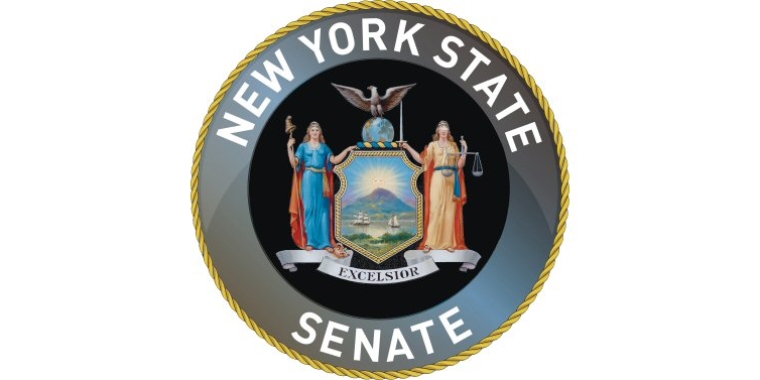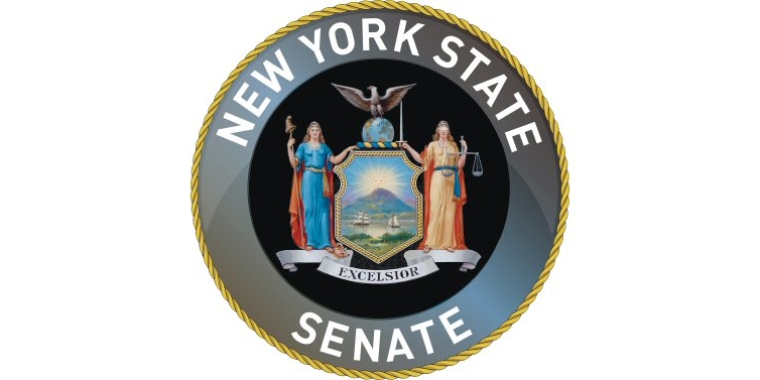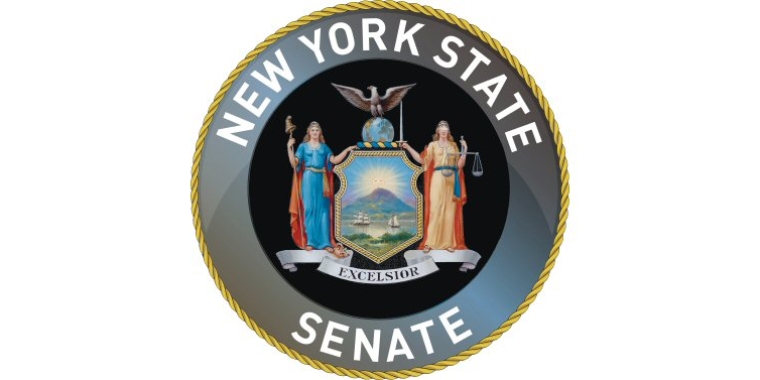Press Conference: Calling for Action by the Federal Highway Administration and the New York State Department of Transportation to Ban and Remove Dangerous “X-Lite” Guardrail Systems from Roads Across New York State
- X-Lite
- Guardrail Systems from Roads Across New York State
WHO: Senator Catharine M. Young
Senator Joseph Robach, Chair, Senate Standing Committee on Transportation Assemblyman Sean Ryan
Assemblyman Andy Goodell
National Highway Safety Advocate Stephen Eimers
WHAT: Calling for Action by the Federal Highway Administration and the New York State Department of Transportation to Ban and Remove Dangerous “X-Lite” Guardrail Systems from Roads Across New York State
WHERE: New York State Capitol, Room 124, Albany, New York
WHEN: Tuesday, May 16, 2017; 10:00 A.M.
Senator Catharine Young (R,C,I- 57th District), Senate Standing Committee on Transportation Chairman Joseph Robach, Assemblyman Sean Ryan (D, Buffalo), Assemblyman Andy Goodell (R,C,I- Chautauqua) and National Highway Safety Advocate Stephen Eimers will host a press conference calling for action by the Federal Highway Administration (FHWA) and the New York State Department of Transportation (NYSDOT) to ban “X-Lite” guardrail systems and to remove the product from roads across New York State.
The press conference will take place at 10am on Tuesday, May 16, 2017 in Room 124 of the New York State Capitol in Albany.
Hannah Eimers, a 17-year-old teen originally from Fredonia, was killed in a November 2016 traffic accident in Tennessee when her vehicle left Interstate 75, crossed into the median and struck the guardrail end terminal. Instead of re-directing the car, the mechanism penetrated the driver’s seat area, killing Hannah instantly.
Since Hannah’s tragic accident, her father, Stephen Eimers, has become an outspoken advocate for the removal of “X-Lite” guardrails, which caused Hannah’s death. The “X-Lite,” and similarly designed devices, have been responsible for at least seven other deaths around the nation, according to recent news reports.
Senator Young and Assemblyman Ryan have introduced legislation, co-sponsored by Senator Robach and Assemblyman Goodell, which directs the Commissioner of Transportation to promulgate rules and regulations prohibiting the use on any state or local highway of any “X-Lite” guardrail or rail cap manufactured by the Lindsay Corporation, or any other similarly designed and constructed guardrail or rail cap. The bill, S.5427-A, also provides that the Department of Transportation shall immediately act to remove any existing X-Lite guardrail or rail caps from state roadways.
Senate Bill 6096, also introduced by Senator Young and sponsored by Assemblymen Ryan and Goodell, directs the NYSDOT, in consultation with the appropriate local entities, to conduct a study to identify the locations of any “X- Lite” guardrail or guard rail caps on town, city and county owned roadways, as part of an ongoing FHWA review of crashes involving the “X-Lite” system throughout the country.
Just two weeks prior to Hannah Eimers’ tragic accident, the Tennessee Department of Transportation (TDOT) decided to stop contracting for the “X-Lite” guardrails. Since the time of the crash, TDOT has moved forward with contracting for the removal of a majority of the same guardrails that are currently in place. TDOT Commissioner John Schroer authored a letter to Federal Highway Administration (FHWA) on April 4, 2017, notifying the administration of the state’s inability to receive satisfactory installation information from the manufacturer and that the device is resulting in unacceptable safety levels.
Earlier this year, the Virginia Department of Transportation (VDOT) also began the process of removing and replacing guardrail end terminals with similar designs and materials to the “X-Lite” system involved in Hannah Eimers’ case. The department took action amid concerns the products might fail in a head on crash. According to media reports, VDOT acted after concerns about design flaws were raised and the state ordered their own testing, which found unsatisfactory results.
The media is encouraged to attend.
How a Bill Becomes Law
Learn More-
Senator has new policy idea
-
Idea is drafted into a Bill
-
Bill undergoes committee process
-
Senate and Assembly pass bill
-
Bill is signed by Governor


